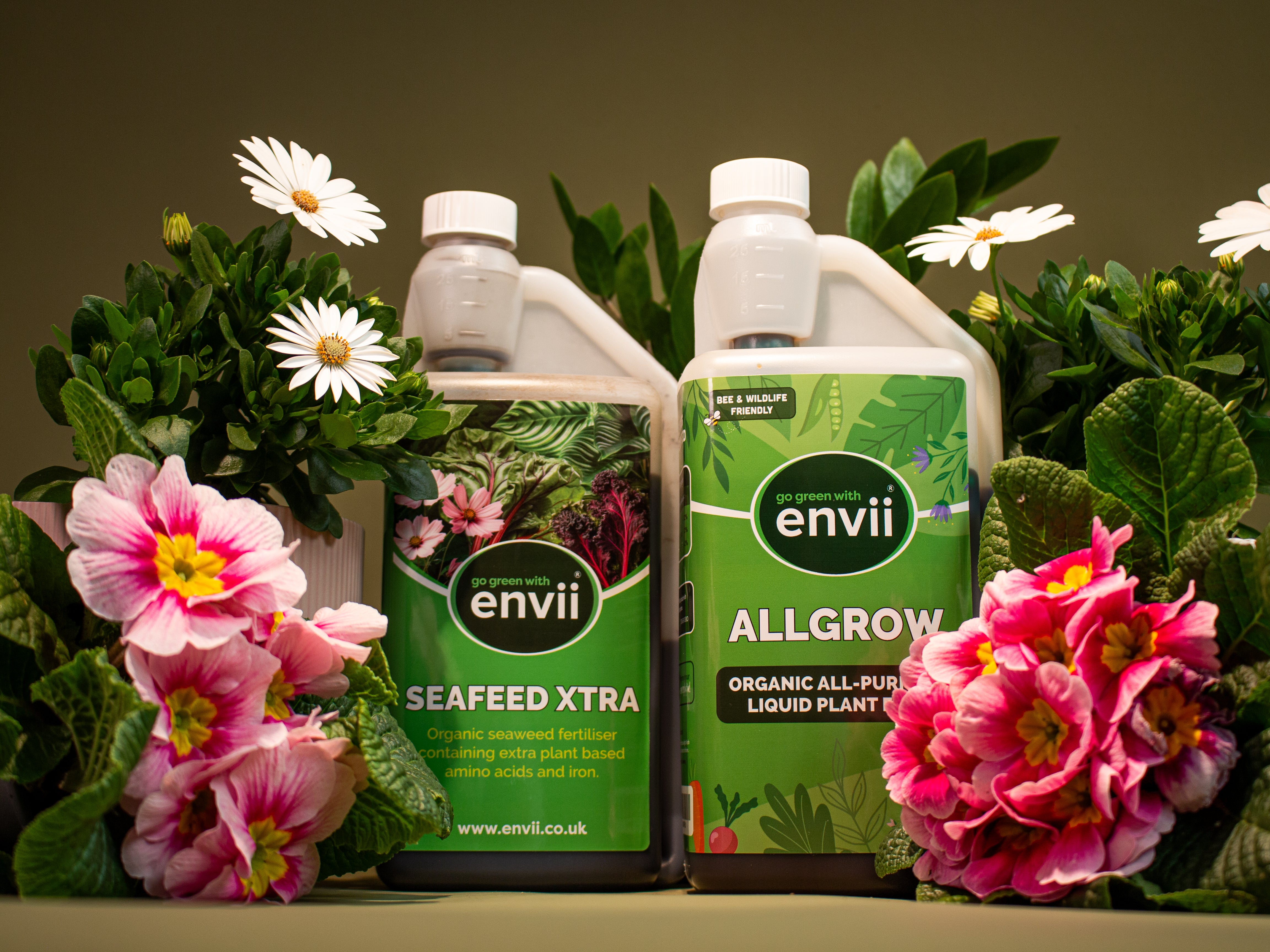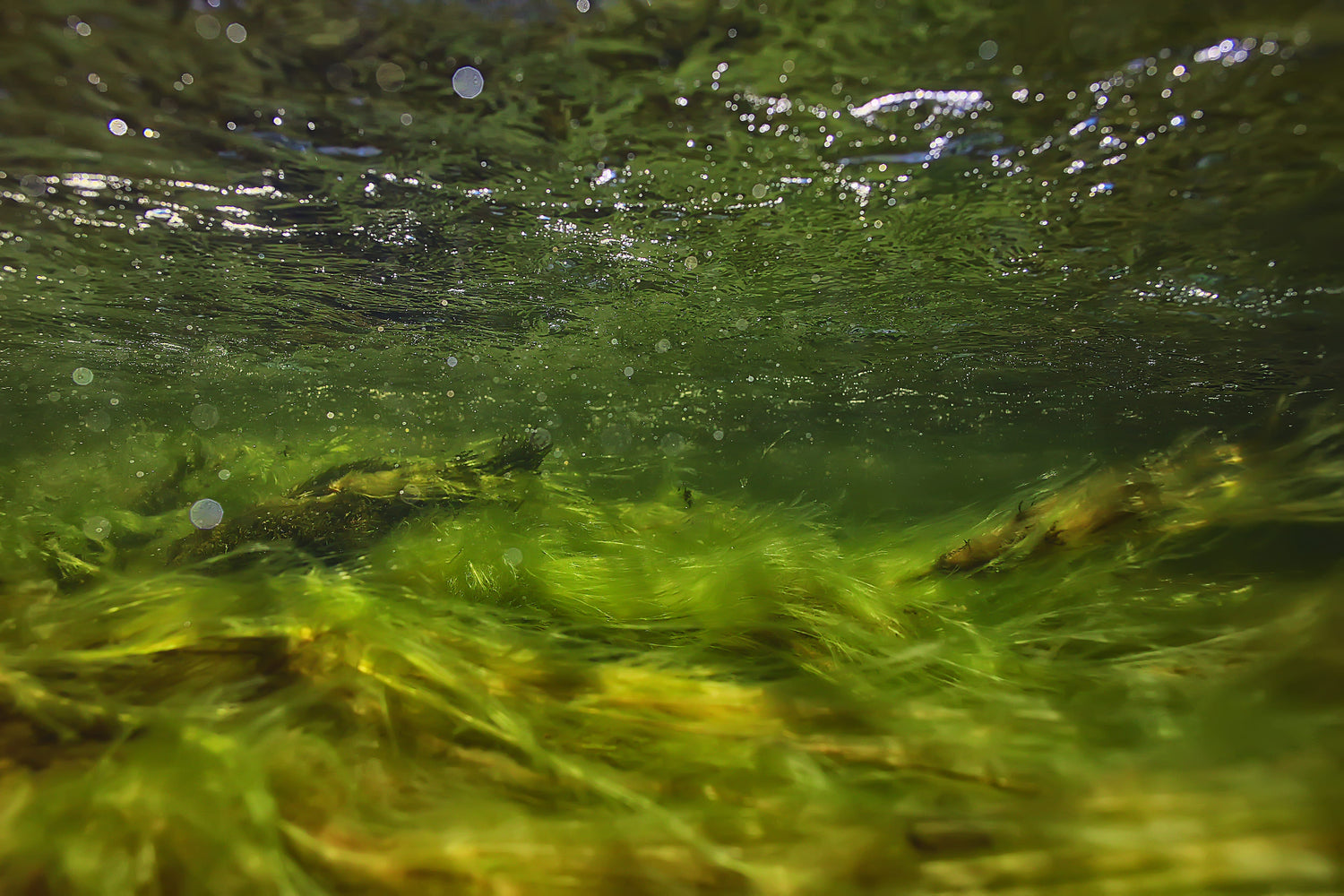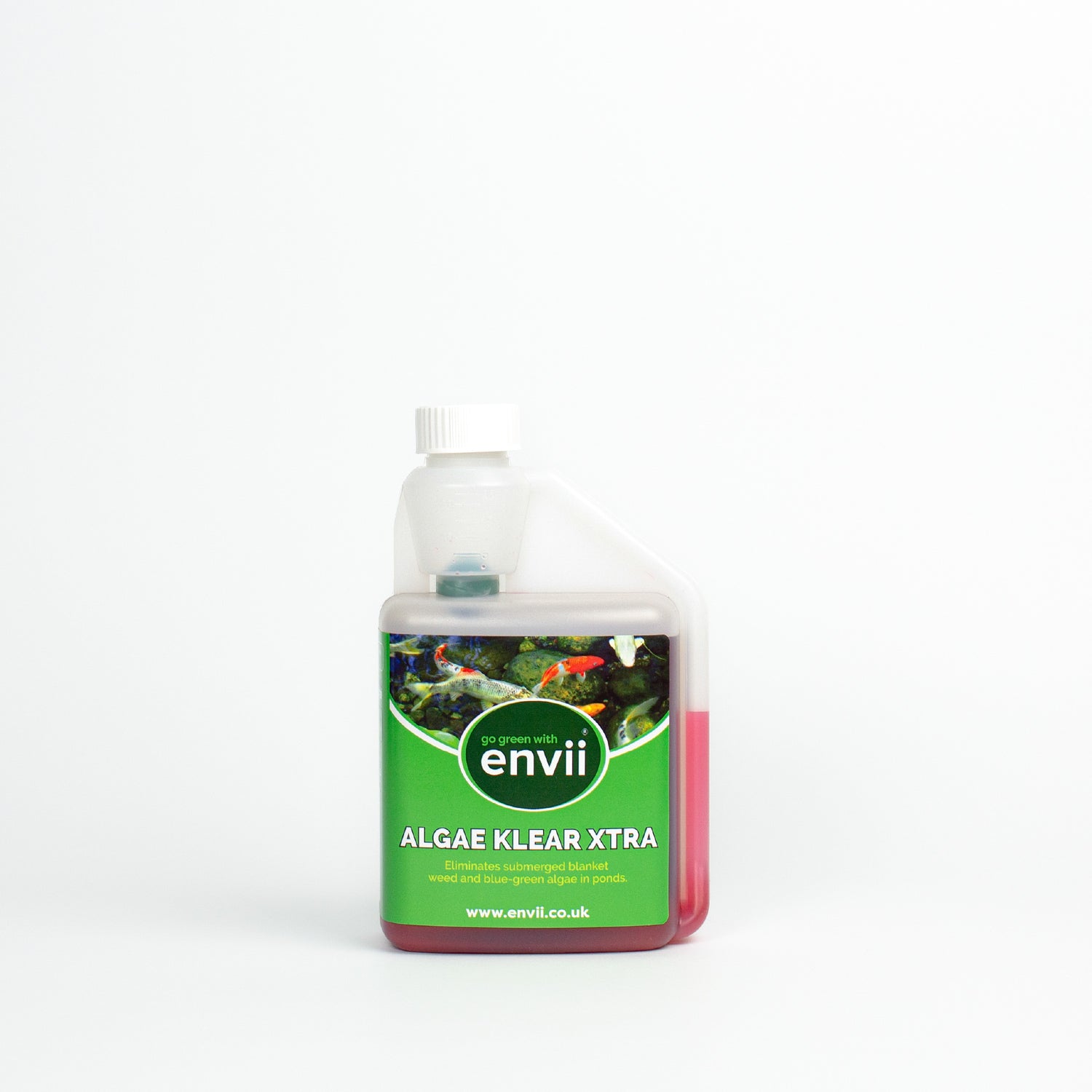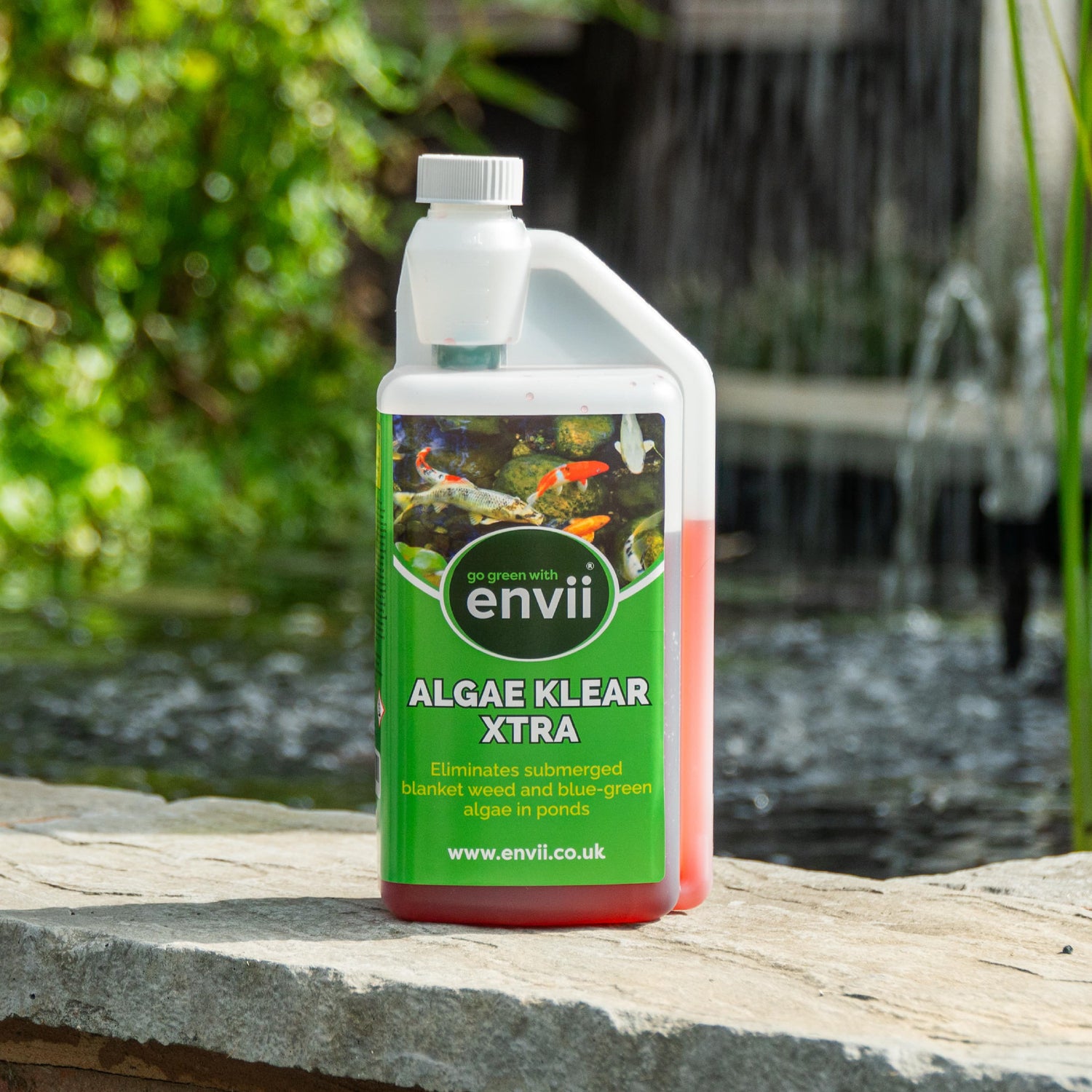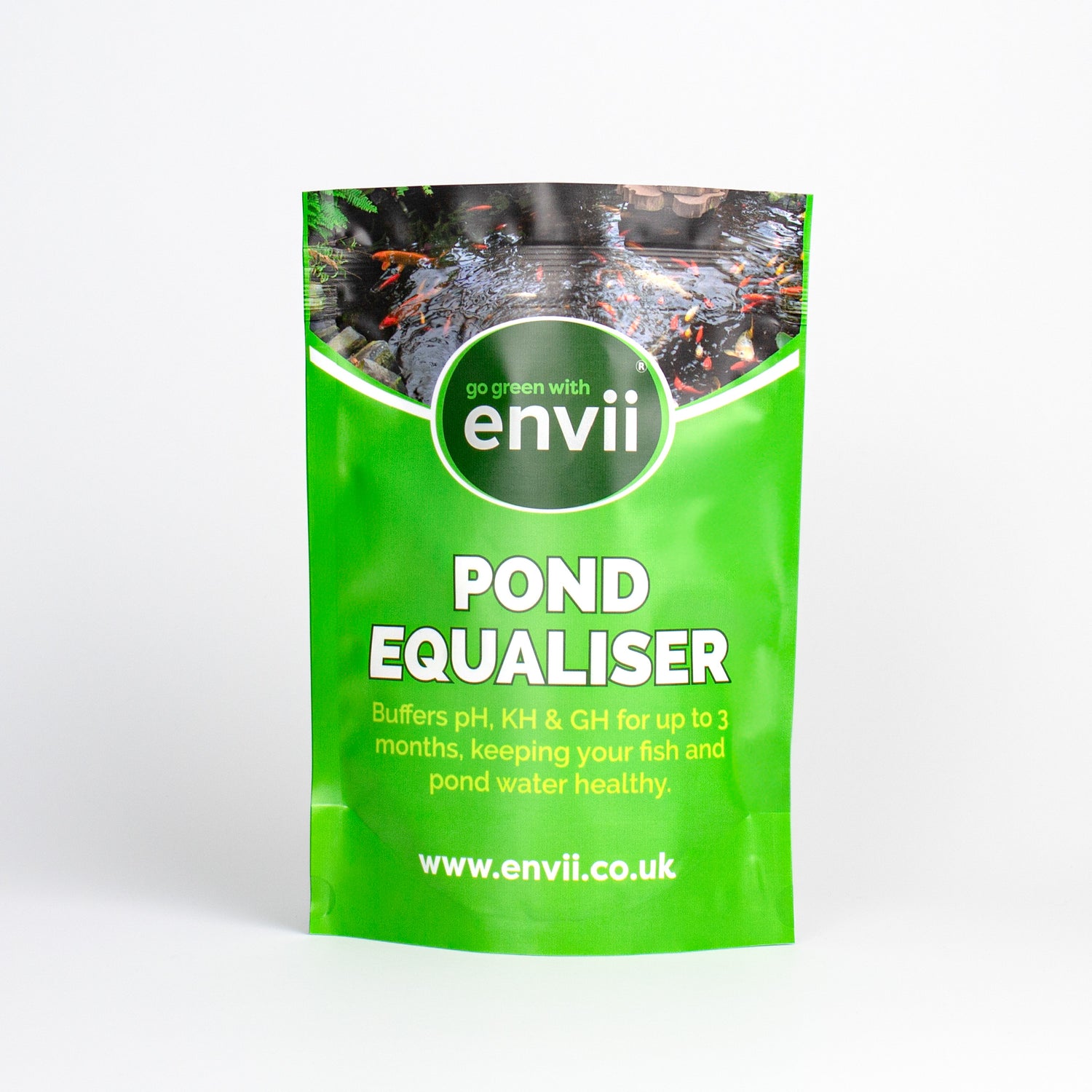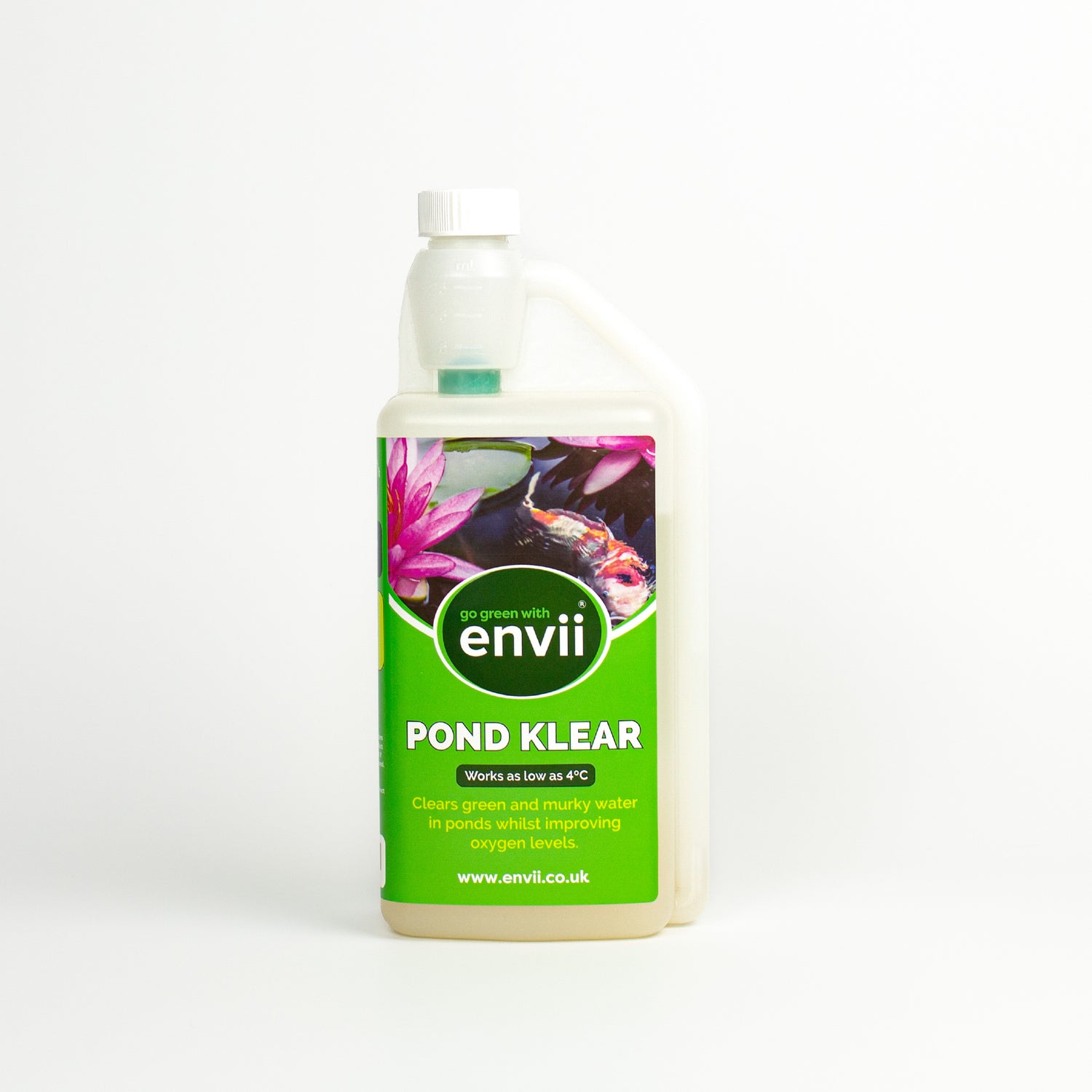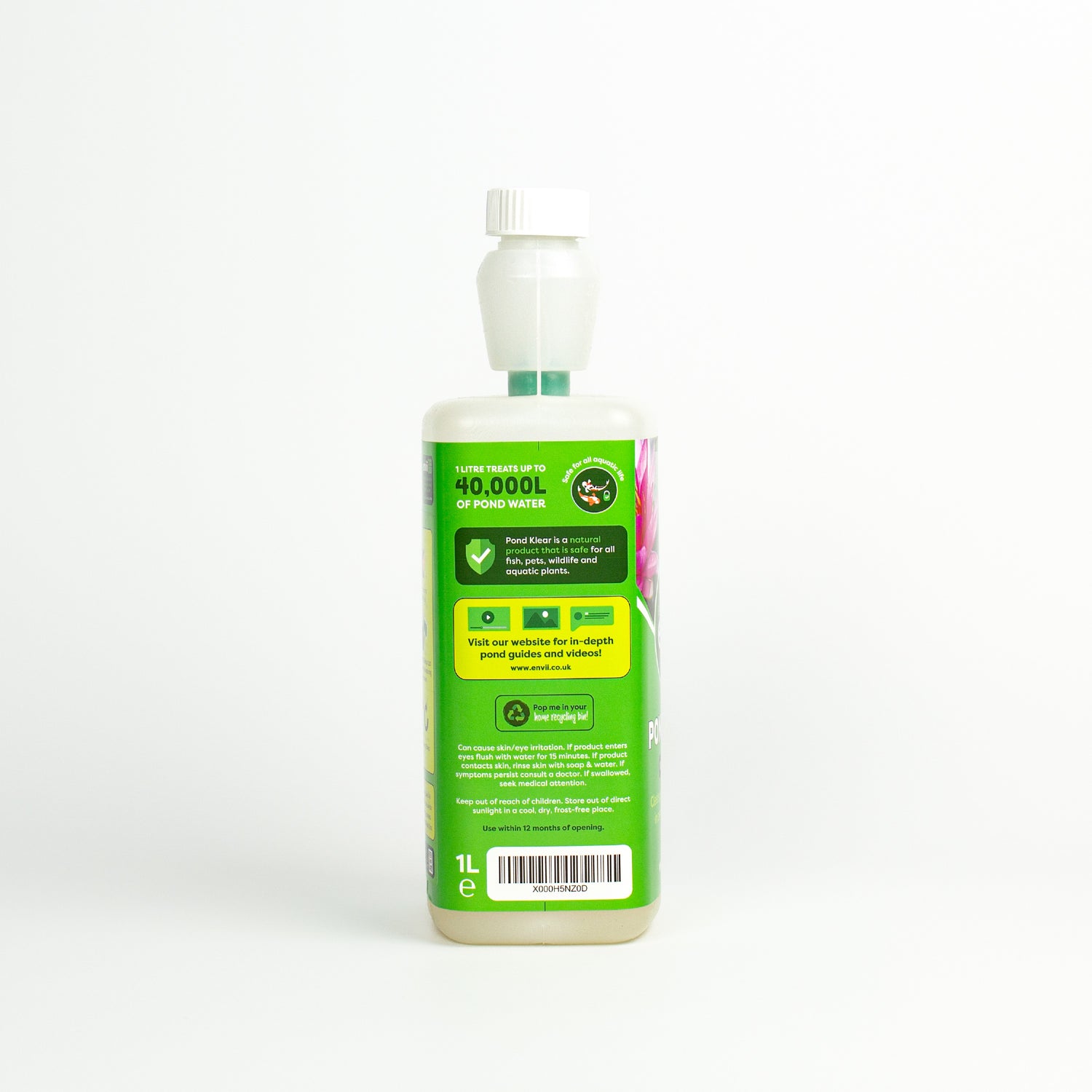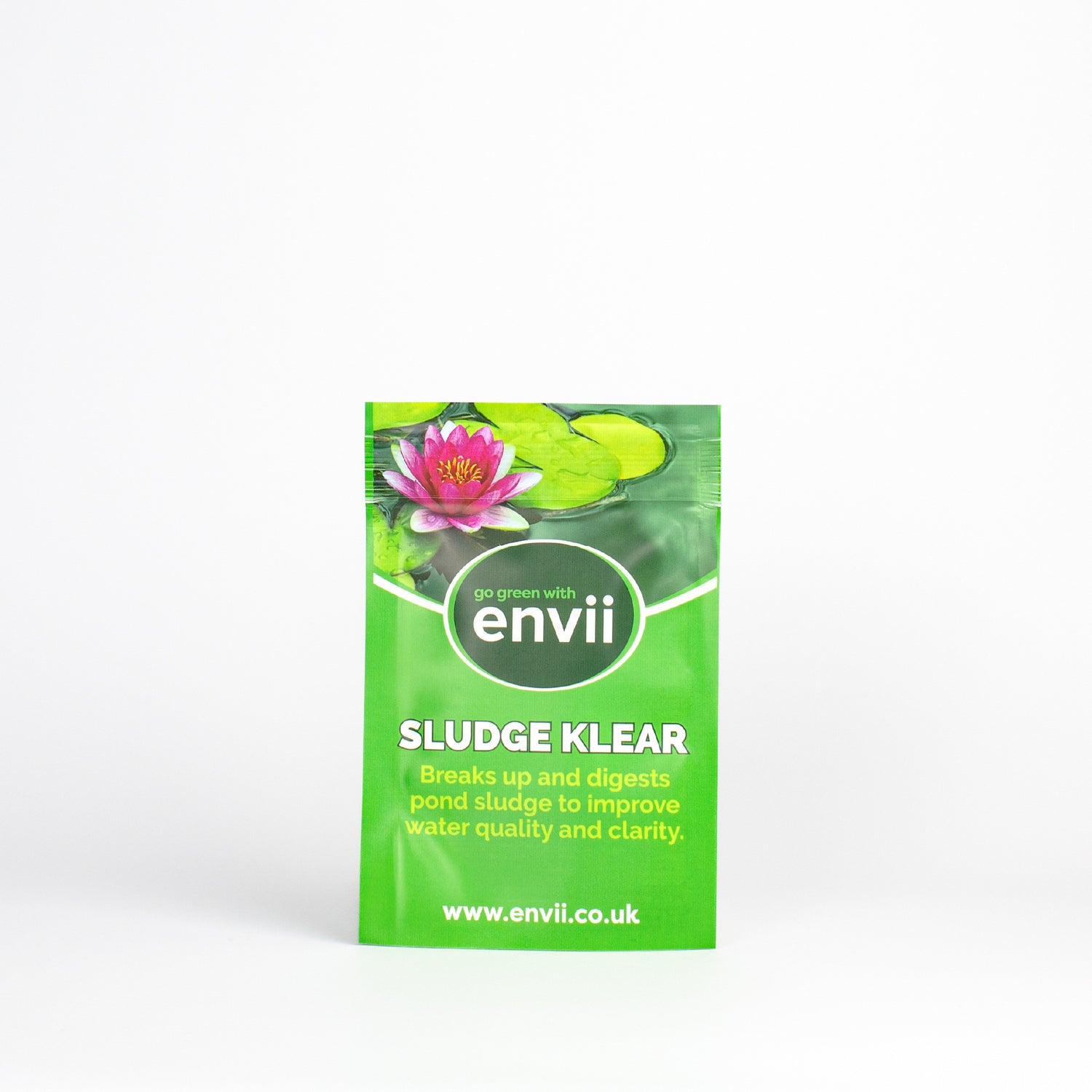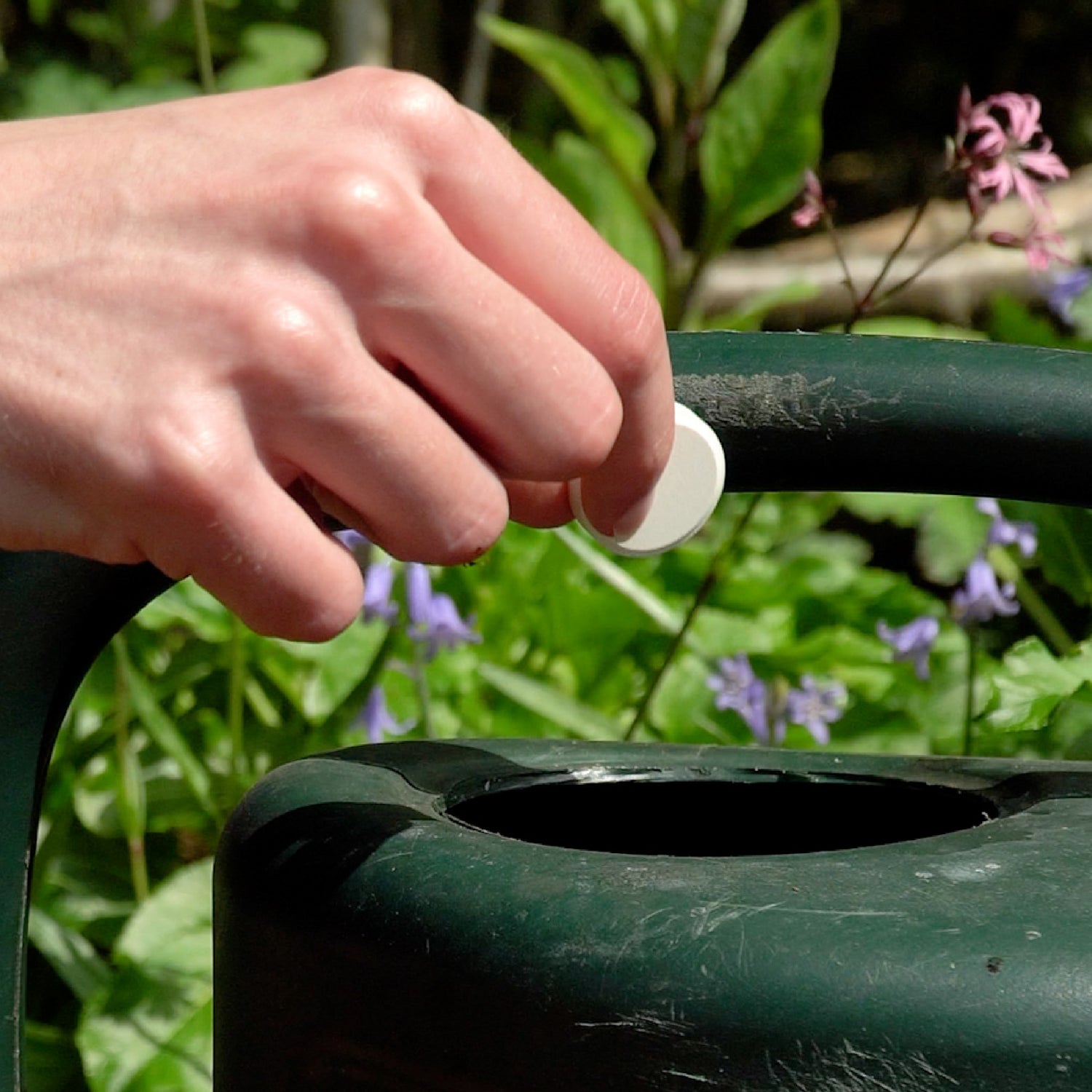What is Blanket Weed?
Blanket weed is a type of algae. There are over 20,000 species of algae with a given name and Blanket weed is just one of them. Of Blanket weed, there are two types that can be identified although there are various other names people may use to refer to them.
The Two Main Types of Blanket Weed
One type is submerged Blanket Weed, or more commonly known as String Algae. This type can be found growing underneath the surface of pond water, and typically has an anchor point that it attaches itself to such as plants, rocks or the side of the pond.
The other type is floating Blanket Weed. This is the type of algae that better reflects the name of Blanket Weed because it is found floating on the surface on pond water, in a rather blanket like form. It is not embedded onto the bottom of the pond with any stems or roots and does not have leaves. It simply floats on top of the water and can sometimes move around the pond.
Blanket Weed Pictures
Submerged Blanket Weed

Floating Blanket Weed

Characteristics of Blanket Weed
- Commonly found in freshwater areas.
- It’s either submerged within or floating on top of pond water.
- It’s made up of long, hair-like fibres which grow rapidly.
- It’s one of the fastest-growing types of algae.
- It has a growth rate of 2 metres per day.
- Has the ability to double in weight within 24 hours.
- Varies in colour, between yellow, green and brown. Depending on the state that it is in.
*Most of the time, blanket weed will appear green because of algae. Algae get their green colour from the helical shape of its chloroplasts.
What does Blanket Weed do?
Now we’ve covered what Blanket Weed is and how to identify it, pond keepers also need to understand why they need to know what it is and what effect it has on their pond.
While Blanket Weed is not a pleasant sight to see within a pond, the problem does not stop there. Blanket Weed, both submerged and floating consumes large amounts of oxygen and has the effect of de-oxygenating the beneficial surrounding plants that provide oxygen to a pond. This creates a harmful environment for both plants or aquatic life such as fish, particularly in warmer weather conditions such as summer, where oxygen levels are already lowered due to the heat.
Furthermore, in many cases, floating Blanket Weed will cause submerged plants to die by depriving them of sunlight. While fish can get tangled in submerged Blanket Weed, potentially causing them to suffocate and also die.
What causes Blanket Weed?
As mentioned before, both types of Blanket Weed come from the same source, that source is algae. Therefore both types are caused by the same thing, despite their slight difference in characteristics. So the question now is, what actually causes Blanket Weed?
It is quite easy for a pond to meet the ideal conditions required for the growth of Blanket Week, hence why it is often a recurring problem. The combination of sunlight, warmer water (usually in spring and summer) and nutrients all contribute to the production of Blanket Weed in a pond. It’s important to understand that this combination is what forms the ‘hyper nutrition’ that allows Blanket Weed to thrive and that the contributing factors to the hyper nutrition are many and varied.
For example, sunlight is one culprit. Ponds that are excessively exposed to direct sunlight have a greater chance of suffering from Blanket Weed. This is because Blanket Weed is a plant form, and thus uses sunlight as a source of food through the process of photosynthesis.
Another source of nutrients for Blanket Weed is the presence of nitrates in pond water. This is caused by decomposing organic matter such as uneaten fish food, fish waste and leaves from nearby plants or trees (while trees are sometimes good for shade to block sunlight, the leaves that fall into the pond and decompose unfortunately also form another food source). These and other debris are rich in the necessary nutrients of nitrate and to a lesser extent phosphates, which promote plant growth released through their rotting process.
Cure and Control
We have now established that excess nutrients are what cause Blanket Weed to occur within ponds, along with various other contributing factors. Now the question is how can we effectively treat Blanket Weed, to get rid of it and then to reduce and control any chance of it coming back.
We believe there are arguably too many solutions of how to get rid of Blanket Weed online and, not all of them are necessarily the right thing to do. For example, one obvious solution that may have crossed your mind would be to physically remove the Blanket Weed with a tool such as a Blanket Weed brush. We highly suggest you avoid this method, no matter how desperate you are. This is simply because pulling and moving the Blanket Weed encourages it to release spores in the pond water that will eventually result in even more Blanket Weed growing in the future. This applies to both the floating and submerges types.
The ideal solution would be to first kill off the blanket weed so they can’t release any active spores then to remove them and further tackle the problem at the source, which is to cut off the nutrients that allow the Blanket Weed to grow.
How to treat the different types of Blanket Weed
Earlier in this post, we discussed the characteristics of Blanket Weed and stated that the key difference between the two main types is that one is floating and the other is submerged. This is where that information becomes of significance because at Envii we treat them slightly differently.
To treat floating type, we recommend you use Blanketweed Klear. This is a granular treatment that you can apply directly on top of the Blanket Weed and works within 24 hours to kill it, meaning you can safely remove the Blanket Weed after a day.
To treat submerged Blanket Weed, we suggest you use Algae Klear Xtra, which is a liquid treatment that will be more effective at travelling down to where the submerged Blanket Weed has anchored itself to, also killing it and cutting it off from its environment which then allows you to again, safely remove it from the pond.
Both treatments work to eliminate the organic matter that provides nutrition, essentially cutting off the source whilst also killing the algae/Blanket Weed. The reason we treat both types slightly differently is to increase the effectiveness of our product through the type of application. Granules that come into direct contact with the Blanket Weed at the surface of the pond water will be more effective for treating floating Blanket Weed than for submerged and vice versa.
Discover more of what you should and shouldn’t do to ensure your pond ecosystem is thriving with this Ultimate Do’s and Don’t Guide for Ponds.
Share
